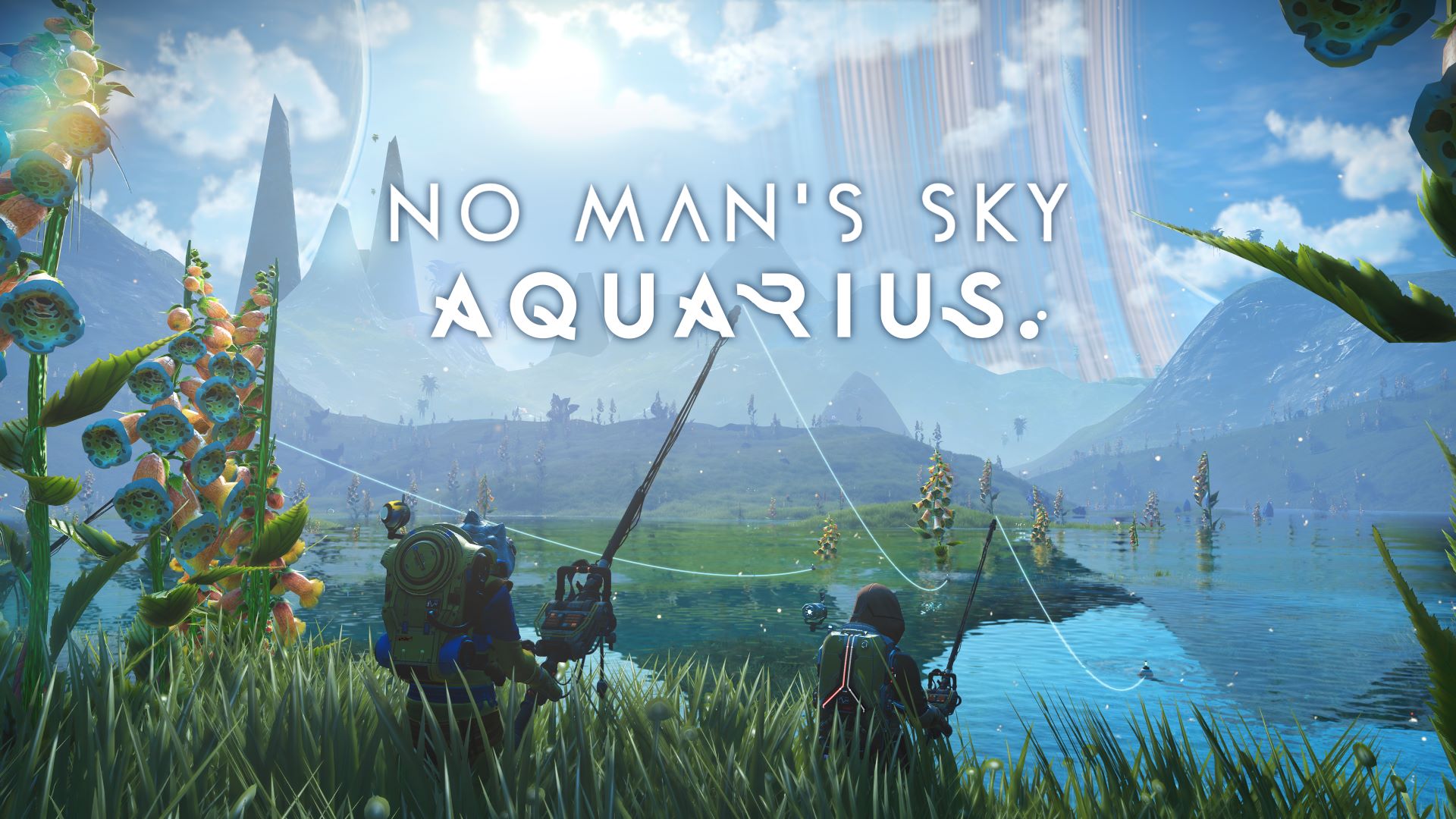It’s been nearly three months since I reviewed KT Racing’s take on the Test Drive formula. Add to that the fact that I’ve also returned to the latest version of Forza Horizon over the last year and even spent time with The Crew Motorfest. I think that’s pretty much where most Test Drive Unlimited: Solar Crown comparisons and reviews start and end; in an alternative game that has evolved this style of racing in many ways. The Horizon series was something of an entry point for many players, including one server, and received rave reviews with each new installment, so it’s no surprise that the developers want to create their own version, and while you can’t get away from some of the basics, Solar Crown manages to create a bit of an identity of its own.
The first thing that stands out is that we start in a denser urban environment than the usual open landscapes offered by the Playground series, and there is no hint of a festival here. In fact, the game’s more stripped-down approach to racing is quite welcome, as it puts you and the streets at the forefront. Instead, a system that aims to build a bigger and better reputation prevails here, and of course this is done mainly by winning races. Most of these, at least in the first few hours of the game, take place in narrow streets, and much of what I experienced in the preview in terms of physics is still present. The cars are a bit slow, almost a little backwards-heavy without being difficult to control, but overall the driving experience is good, with the emphasis on the arcade systems. This is noticeable in several aspects, most notably the driving feel, but also in the objects that disperse as you drive through at the expense of speed. Even a head-on collision with a wall at 200 km/h is no cause for concern, as you can put the car in reverse and carry on driving with a slightly broken bumper.
Advertising:
I’m a little hesitant about the game’s visual capabilities as a whole. On PC I thought it looked quite good at times, but on PlayStation 5 I found it too uneven. It definitely has its moments, but often it’s as if the light is changing the exposure and the overall impression of resolution and detail is mismatched. On top of that, it’s a very deserted city, both due to the lack of traffic and the lack of life and movement. Since there’s no festival in Horizon like we’re used to, it feels a bit like a set and that’s especially noticeable between the skyscrapers and other buildings. The outdoor environments feel a little better, where the greenery provides a welcome contrast. You can tell they’ve become quite sophisticated visually, but I miss the sense of environment and the fantastic views they spoiled me with. This is mostly due to the relatively low draw distance, which doesn’t portray the environment particularly well.
On top of that, the game also features a flat soundscape. The car certainly sounds like it should, but it lacks atmosphere in many ways. I find that the racing comes across a little too dreary in the overall soundscape, even with eight vehicles crashing into each other and the locations you visit being completely silent aside from a radio playing some music. The fact that the game’s voice actors lack character doesn’t help much, as they only appear at the beginning when things are introduced.
Comparisons to the Horizon series are inevitable, and I’ll try not to get into them. Ultimately, you want a game to stand on its own four wheels. So we quickly moved on to this system of gaining reputation, which is nothing more than skill points disguised as such. The first big goal is to reach level 12, and then one of the game’s two clans grabs your attention. They’re the Street clan, which I chose, and another called Sharp. Street is based in a lively nightclub where the champagne flows freely and the DJ spins cool beats. Sharp is a bit of the opposite, with smarter clothing and a more sophisticated approach to racing, but like I said, I chose Street. When you reach level 12, you can choose which clan you want to be a part of. A visit to their headquarters reveals something that makes Solar Crown even more unique in its presentation.
Advertising:
You simply tour their headquarters in first person and this is repeated in other locations as well. When you visit a car dealership or a repair shop or stay in the hotel which is the starting point of the game, you also explore the environment this way. While it doesn’t really add to the experience, it still feels natural to walk around in an open environment and look at cars rather than doing everything through menus. Thankfully it is also possible to change cars seamlessly through the menu so you can do this more smoothly. Another thing I noticed is that loading times are now very fast and aside from some unnecessary animations when leaving an elevator or entering a building for example, everything loads quickly between these transitions.
But of course the streets are where you spend most of your time and the developers have opted for a more technological design to go with the location. So neon lights and TV screens are everywhere, creating an identity that feels a little underground and futuristic at the same time. The number of cars is also impressive, with brands like Lamborghini, Ferrari and Porsche available to you to earn money with. Firstly, you can choose between one of three vehicles and I chose a red Ford Mustang GT, which I then decorated with red wheels and seats.
The numerous competitions on offer also include the usual races. There are also sprints where the goal is to cover a distance in a certain time and in these races you get points at each checkpoint depending on your position. The simple logic is that if you go through the most doors first you win. This also means you can compete a little more for first place as the leader is the first to go through some but not all of the doors. It’s not a revolutionary concept but it does add some variety. There are more competitions and the game is also constantly online so there are live events going on against each other all over the map. Other recognisable things include breaking speed records on established tracks and as your reputation increases more and more challenges are presented at a steady pace.
The fact that the game constantly requires an online connection is a bit annoying and I wish you could turn it off and play offline, but that’s the route the developers chose. The idea here is that the enemies you face are real people while the AI takes up the extra spots. Personally, I don’t understand why you can’t specify the option to have it work offline as well and instead enable online mode whenever you want.
A lot of the game’s charm and entertainment actually comes from gliding around Hong Kong Island. The island is large and varied, and although the skyscrapers and deserted surroundings make it seem like too much scenery, there are beautiful environments everywhere. It’s a concentrated racing game in many ways, with too many things left out for it to feel like anything else. There are no lottery wheel spins or much else, but you can win stickers, clothing, and money that you can use to upgrade your vehicle or buy new accessories.
Test Drive Unlimited: Solar Crown isn’t the game that will dethrone Forza Horizon from the throne of open-world racing in my opinion. It’s not quite close in terms of driving experience or visuals, but there’s still plenty of entertaining content for those who want to venture out onto the virtual roads.














